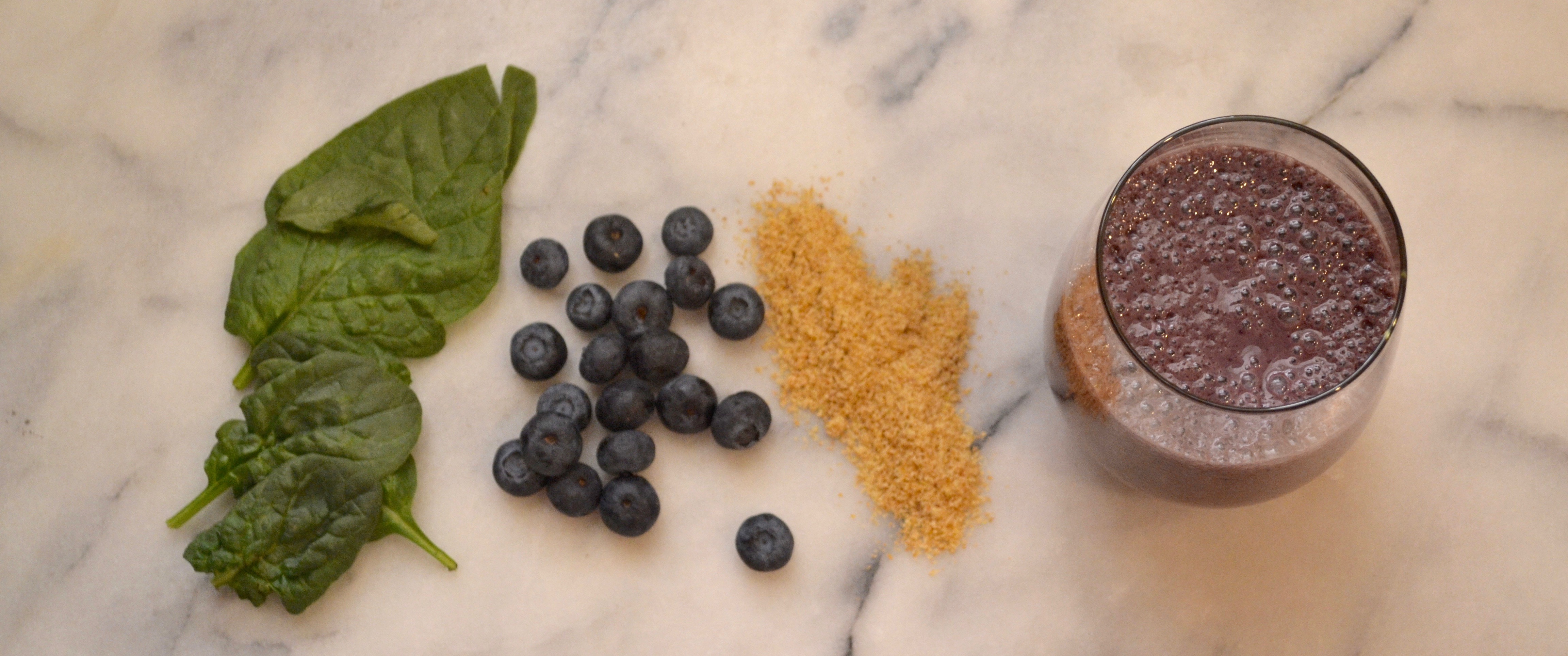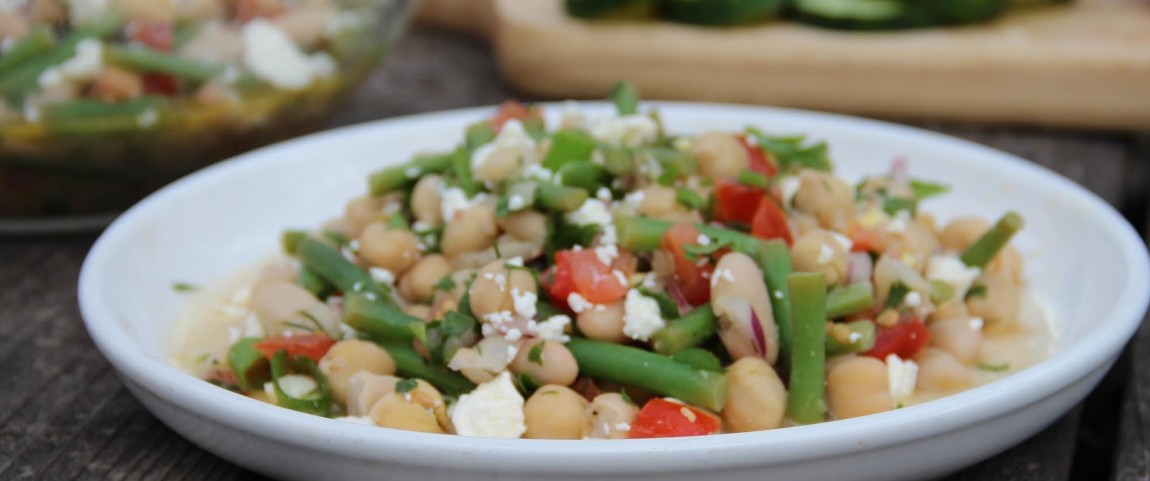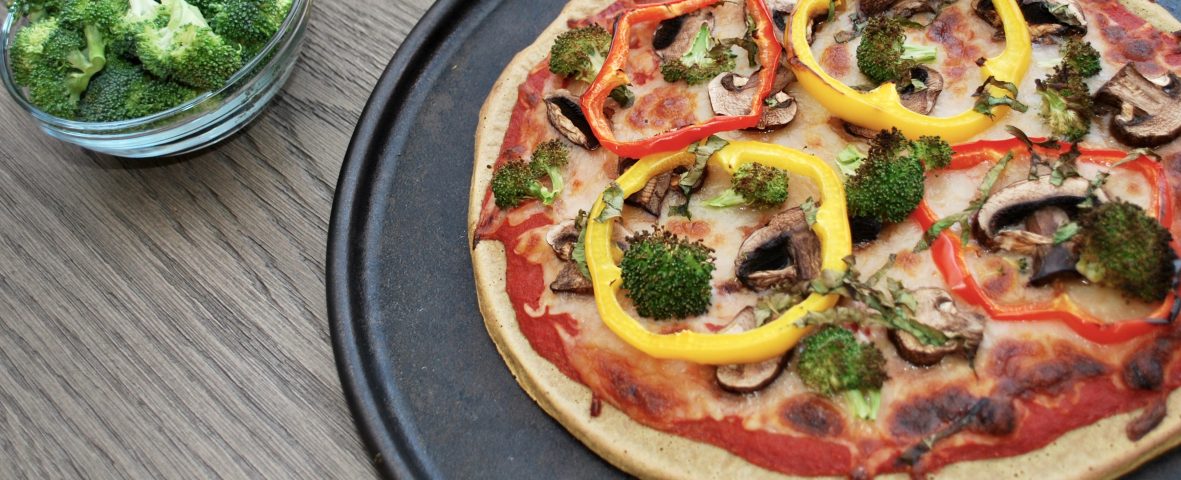Gluten-Free Superfoods
For those with celiac disease, a gluten-free diet is medically necessary to protect the lining of the small intestine from damage due to inflammation. When people think about a gluten‐free diet, however, they often first think of white rice, potatoes, and corn as the best go-to’s for carbohydrate alternatives. However, these foods may not be the most nutrient dense. Luckily, there are many naturally gluten-free foods that are high in protein, vitamins and fiber that can make a gluten-free diet much more filling and fueling! For our clients with celiac disease, we recommend stocking your pantry with some of these gluten-free “superfoods” to ensure you’re getting the biggest bang for your nutritional buck:
Dried Blueberries
Packed with cancer preventing antioxidants, ¼ cup of dried blueberries provides a whopping 6 grams of fiber, which aids digestion and appetite control! Add dried blueberries to yogurt, cereal, or make your own trail mix with nuts and a few chocolate chips.
Oatmeal
Oats are an excellent source of iron (for red blood cell production), thiamine (for converting carbohydrates into energy), and manganese (for bone development). Just a 1/3 cup serving provides over half a child’s iron needs for the day! Try this recipe for Banana Chocolate Oat Bars:
2 cups gluten-free baking mix
2 cup pure, uncontaminated oats
1 tablespoon baking powder
3/4 teaspoon salt
1 sticks unsalted butter, room temperature, creamed with ¼ c peanut butter and 1 cup sugar
1 cup (packed) golden brown sugar
2 large eggs
1 cup mashed ripe bananas (about 3 large)
2 teaspoons pure vanilla extract
1 package semi-‐sweet morsels (12 oz)
Preheat oven to 350°F. Butter and flour a 15″ x 10″ x 1″ baking sheet. Blend first four ingredients in medium bowl. Beat butter in large bowl until fluffy. Add both sugars and beat until well blended. Add eggs, one at a time, beating well after each addition. Beat in bananas, then vanilla. Stir in flour mixture, then chocolate. Spread batter in prepared pan. Bake until tester inserted into center comes out clean and top is golden, about 45 minutes. Cool in pan on rack. Cut into 3″ x 2″ bars and enjoy!

Canned Pumpkin
This squash is abundant in vitamin A, which helps to maintain vision and skin health, and fiber. Add one cup to your favorite pancake recipe for a yummy treat or try our pumpkin oat muffins.
Flax Seeds
These seeds have become popular for their fiber and Omega-3 fatty acid content, which is important for brain growth and development. Sprinkled on yogurt, oatmeal or mixed into pancake batter, just one tablespoon provides three grams of fiber. Since the Omega-3 content is preserved in the seed, coarsely grinding the seeds brings out the benefits. Need an egg in a recipe? Try a flax egg! Mix one tablespoon of ground flaxseed with three tablespoons of water, and add this to any recipe that call for one egg!

Soybeans
Soy is one of those greatly debated foods due to their phytoestrogen properties. The good news: soy is safe. Research demonstrates soy foods are safe and do not affect hormone levels in men or women. Add edamame (young soybeans) to one of our five fast lunch ideas for added plant-based protein.
Canned Beans
Beans are packed with iron and zinc, which help the body’s immune system and contribute to wound healing. For those looking to incorporate more plant-based proteins into their diet, this is a great no-cook option. They can be added to soups, salads, or even smoothies. Curious about using canned produce? Read our blog on alternatives to fresh produce!

Red Bell Peppers
Red bell peppers are rich in vitamin C, which our bodies need for growth and repair of tissues. As the weather heats up, they are also a great hydrating food as one half cup contains 92% water! Try them in our Roasted Red Pepper dip:
2 cloves garlic
2 7-oz jars Roasted Red peppers
6 oz Plain, Greek Yogurt
1 1/2 teaspoons cumin
1/2 cup chopped tomato
1/4 cup chopped green onions
2 cucumbers
2 sliced green peppers, sliced
2 pkgs mini cut and peeled carrots
Combine garlic, peppers and pepper juice in a food processor and blend until smooth. Blend in Greek yogurt and cumin. Transfer to a bowl and add tomato, and onions. Season with salt and pepper. Cover and refrigerate at least 4 hours. Serve with cut vegetables.
Milk
Milk provides high quality protein including all the essential amino acids as well as important vitamins and minerals, including vitamin D, B vitamins, and calcium. For those with a cow’s milk allergy or lactose intolerance, there are many milk alternatives on the market to choose from– just make sure it is fortified with the same vitamin and mineral content as cow’s milk.
Quinoa
Quinoa is a protein-rich pseudo-grain that contains all nine essential amino acids. It has a fluffy, slightly nutty texture and makes a fantastic side dish with meat, poultry, or fish or as a pizza crust!

Cod Liver Oil
Brace yourself. I know this may be off the “deep end”, but this arctic derived oil gives a lot of bang for your buck. One teaspoon will provide over 100% of the RDA for vitamin D. Mix this oil into yogurt, oatmeal, soups or sauces, but be sure to choose a purified oil to avoid contaminants. Many are available in child friendly flavors!